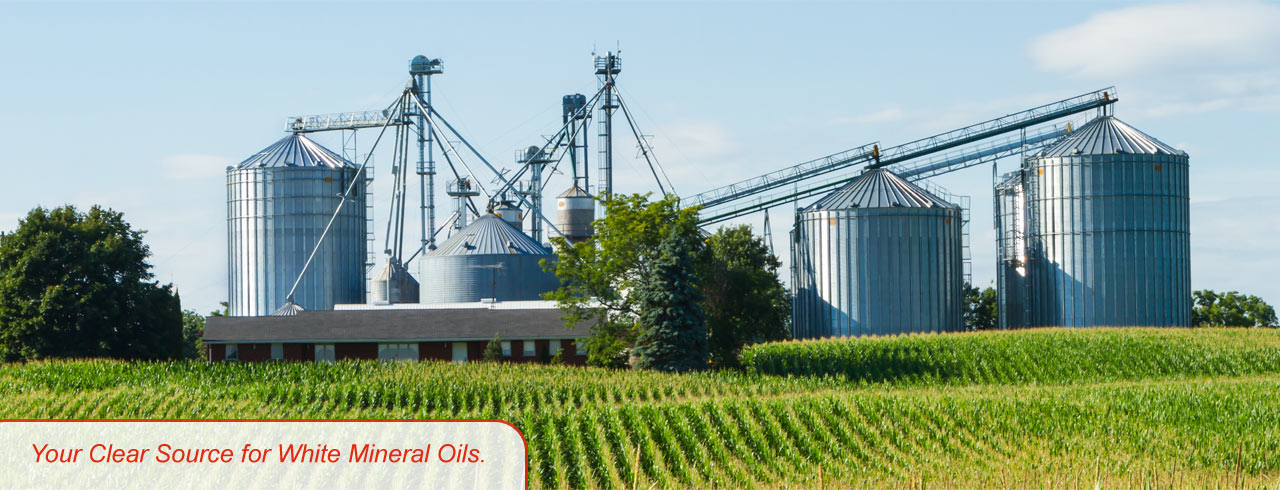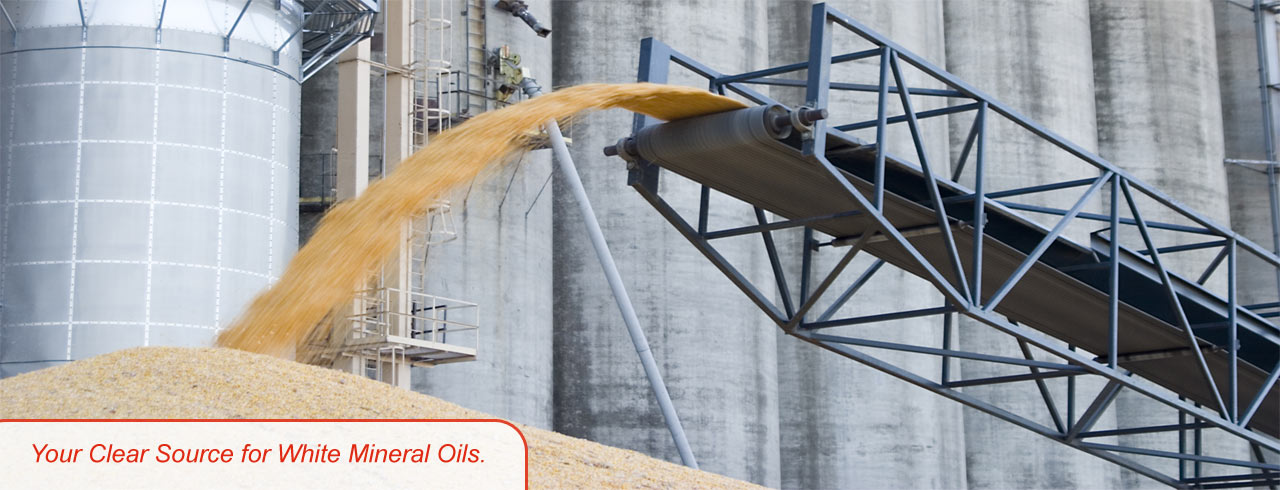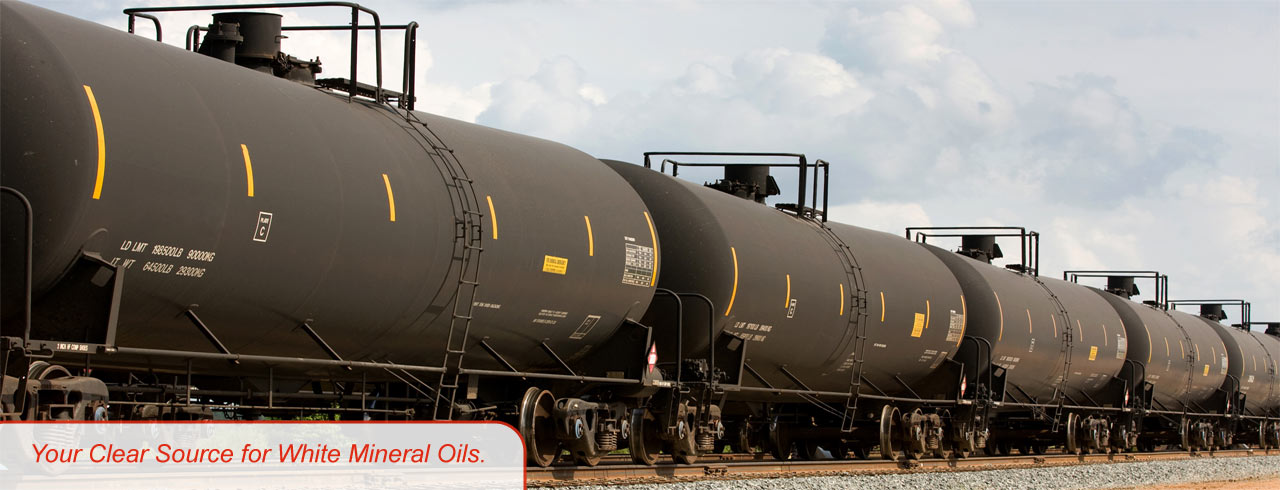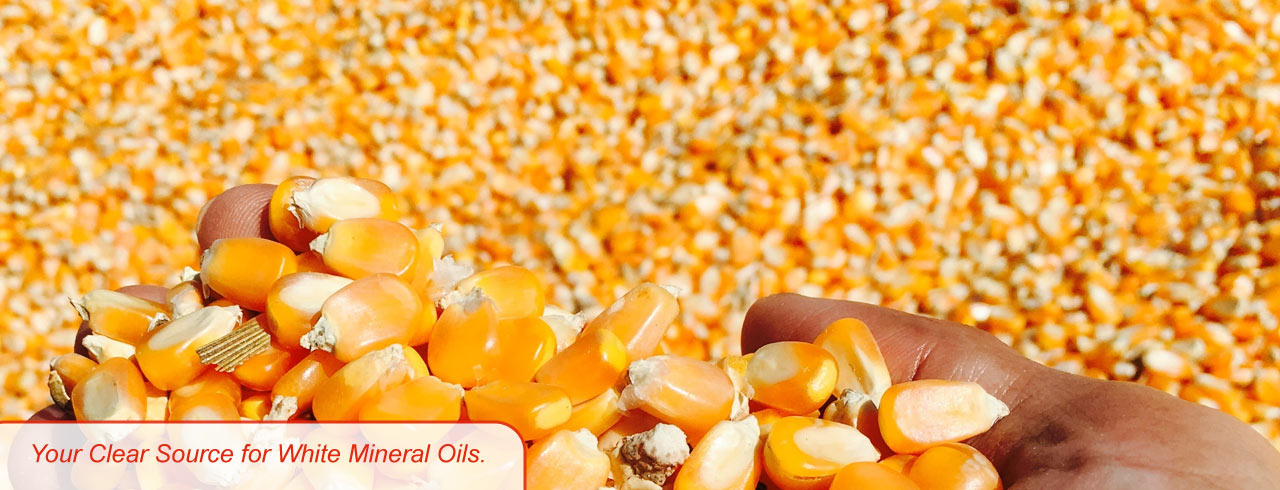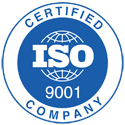How to Properly Store and Handle White Mineral Oil for Maximum Shelf Life

Best practices for storage, handling, and contamination prevention across different use cases
White mineral oil is known for its purity, stability, and versatility—but like any quality material, its performance depends on how it’s stored and handled. Whether you’re using food-grade or technical-grade mineral oil, proper storage and handling practices are essential for preserving its shelf life, maintaining safety standards, and ensuring product integrity across applications.
In this post, we’ll break down best practices to help your team store and use white mineral oil the right way—whether in food production, agriculture, cosmetics, or industrial environments.
Why Storage and Handling Matter
White mineral oil is inherently stable, but it can degrade or become contaminated if exposed to the wrong environmental conditions or improper equipment. Contaminated or oxidized oil can impact product safety, affect performance, or lead to regulatory issues—especially in food-grade or pharmaceutical applications.
1. Choose the Right Containers
- Use approved containers: Store white mineral oil in tightly sealed, food-safe drums or totes made from stainless steel or compatible plastics like HDPE.
- Avoid reactive materials: Never store mineral oil in containers made from PVC or uncoated metals that may leach or degrade.
- Label clearly: Mark containers with product name, grade (H1, 3H, etc.), and expiration date to prevent cross-contamination or misuse.
2. Control the Storage Environment
- Keep it cool and dry: Ideal storage temperature is between 50–80°F (10–27°C). Avoid prolonged exposure to direct sunlight or heat, which can cause oxidation.
- Avoid humidity: Moist environments can encourage condensation inside partially opened containers, increasing the risk of contamination.
- Minimize exposure to air: Oxygen exposure can accelerate degradation. Always reseal containers promptly after use.
3. Implement Clean Handling Practices
- Use dedicated equipment: Pumps, hoses, and valves used with white mineral oil should be dedicated and cleaned regularly, especially in food-grade operations.
- Wear gloves and protective gear: Avoid direct contact that could introduce particles or biological contaminants.
- Prevent cross-contamination: Never use the same tools for both food-grade and technical-grade oils. Color-coded equipment is a good solution.
4. Establish First-In, First-Out (FIFO) Inventory Management
- Rotate stock: Use the FIFO method to ensure older inventory is used first and oil doesn’t sit unused for long periods.
- Track shelf life: While white mineral oil can have a long shelf life—often up to 3–5 years—it should still be monitored for signs of aging or contamination.
5. Train Staff on Best Practices
Proper storage and handling don’t just rely on materials—they rely on people. Train employees on:- Identifying contamination risks
- Recognizing product degradation (e.g., color change, cloudiness)
- Proper cleaning and maintenance of storage and handling equipment
Common Use Cases & Tips
- Application – Special Considerations
- Food Processing – Ensure NSF-certified containers and cleanroom standards.
- Pharmaceuticals – Monitor for microbial contamination and use sterile handling procedures.
- Cosmetics – Avoid exposure to fragrances or reactive ingredients.
- Industrial Use – Protect from dust, debris, and mechanical residue.
Conclusion
By following these best practices for storage and handling, you can maximize the shelf life of your white mineral oil, reduce waste, and ensure consistent product quality in your operations. Whether you use Crystal Plus® mineral oil from STEOIL in food, cosmetics, or manufacturing, safe and smart handling is key to getting the most from every drop.
Need help selecting the right container or handling system for your application?
Contact the experts at STEOIL—we’re here to help you every step of the way.










